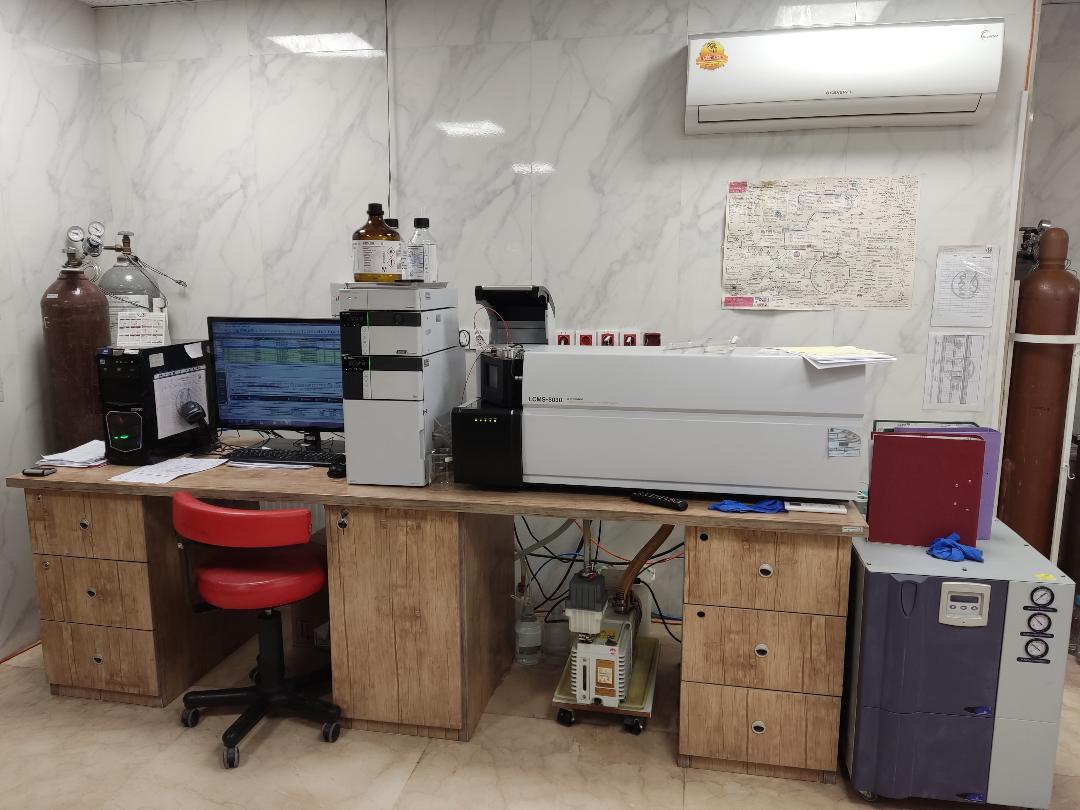Newborn Metabolic Diseases Screening Test

The average incidence of metabolic diseases in Iran is expected to be higher than the world average due to the increase in consanguineous (familial) marriage. For this reason, hereditary metabolic diseases are known as domestic diseases of our country. Hereditary metabolic diseases are mainly caused by genetic defects in the production or function of one of the proteins in the body. Most of these diseases appear at newborns, and almost in most of these diseases, the central nervous system is involved. In addition, other vital organs such as eyes, liver, spleen, kidney, heart and muscular and skeletal system can be involved in these diseases. Seizures, developmental delay, hepatomegaly, cardiomyopathy, skeletal myopathy are also symptoms of this category of diseases. Severe brain damage, mental retardation, muscle paralysis, liver problems, kidney stones, troubles with eyes such as cataracts, glaucoma, and heart diseases are other symptoms of this disease. Hereditary metabolic diseases often manifest in early infancy with attacks of metabolic decompensation that are life-threatening. Each of the metabolic diseases has a significant impact on the unknown death of infants. Hereditary metabolic disorders that cause sudden death include fatty acid oxidation disorders, amino acid metabolism disorders, urea cycle disorders, and organic acidemias.
Newborn screening began in 1960 with the invention of the Guthrie test. The basis of this test is the growth of a specific bacterium in a normal culture medium in the presence of high amounts of phenylalanine in the newborn sample. Since the year 2000 and using the MS/MS or Tandem mass Spectrometry technique using a small amount of samples, a large number of biochemical disorders have been identified, and since then, screening programs have been widely started in America, Australia and Europe. In recent years, liquid chromatography-tandem mass spectrometry has been emerged as a new analytical technology that can be used for a large number of analyzes in clinical laboratories. In this system, the physical separation capability of liquid chromatography is combined with the capability of mass analysis. Compared to other conventional mass spectrometry techniques, LC-MS/MS is suitable for a considerable number of analytes. The principles of sequential mass spectrometry (MS/MS) are based on the coupling of two mass spectrometers together in one set, for the analysis of complex mixtures. In addition, it has several advantages such as high accuracy and precision, selectivity, sensitivity and high reliability.
The diseases that have been determined as the objective of the newborn screening program for inherited metabolic diseases include 22 diseases, 20 of which can be detected using tandem masss spectrometry (LC-MS/MS) technology, including amino acid disorders, fatty chain disorders, and organic acidemias. are diagnosis. Two of them, including biotinidase deficiency and galactosemia, are diagnosed by ELISA. Diseases that are detected in newborn screening with the MS-MS method include three categories that are screened at one time with one sample, which include the following:
A) Organic acid metabolism disorders: isovaleric acidemia, glutaric aciduria type 1, hydroxy 3-methylglutaric aciduria, multiple carboxylase deficiency, dimethylmalonic acid type mutase deficiency, 3-methylcrotonyl-CoA carboxylase deficiency, cblA and cblB type dimethylmalonic acidemia. Propionic acidemia, beta ketothiolase deficiency.
b) fatty acid metabolism disorders: medium-chain acyl-coa dehydrogenase deficiency, very long-chain acyl-coa dehydrogenase deficiency, long-chain 3-hydroxyacyl-coa dehydrogenase deficiency, trifunctional protein deficiency and carnitine absorption deficiency.
c) Amino acid metabolism disorders: phenylketonuria, maple syrup urine disease, homocystinuria, citrullinemia, arginosuccinic acidemia, tyrosinemia.
The above disorders are monogenic diseases. Although monogenic diseases are rare individually, they are estimated to occur in 10 per 1000 births. These cases include autosomal recessive, dominant or X-linked diseases.
All stages of installation, commissioning, set-up of the device, determination of domestic cut-off, required studies and calculations, trainings, obtaining certificates, obtaining qualifications and licenses and providing routine laboratory services for screening newborn metabolic diseases at birth with the LC method Mass. Also, cut off of local population of newborns was performed in this company by its experts and currently it is one of the few centers that provide this service in country.


